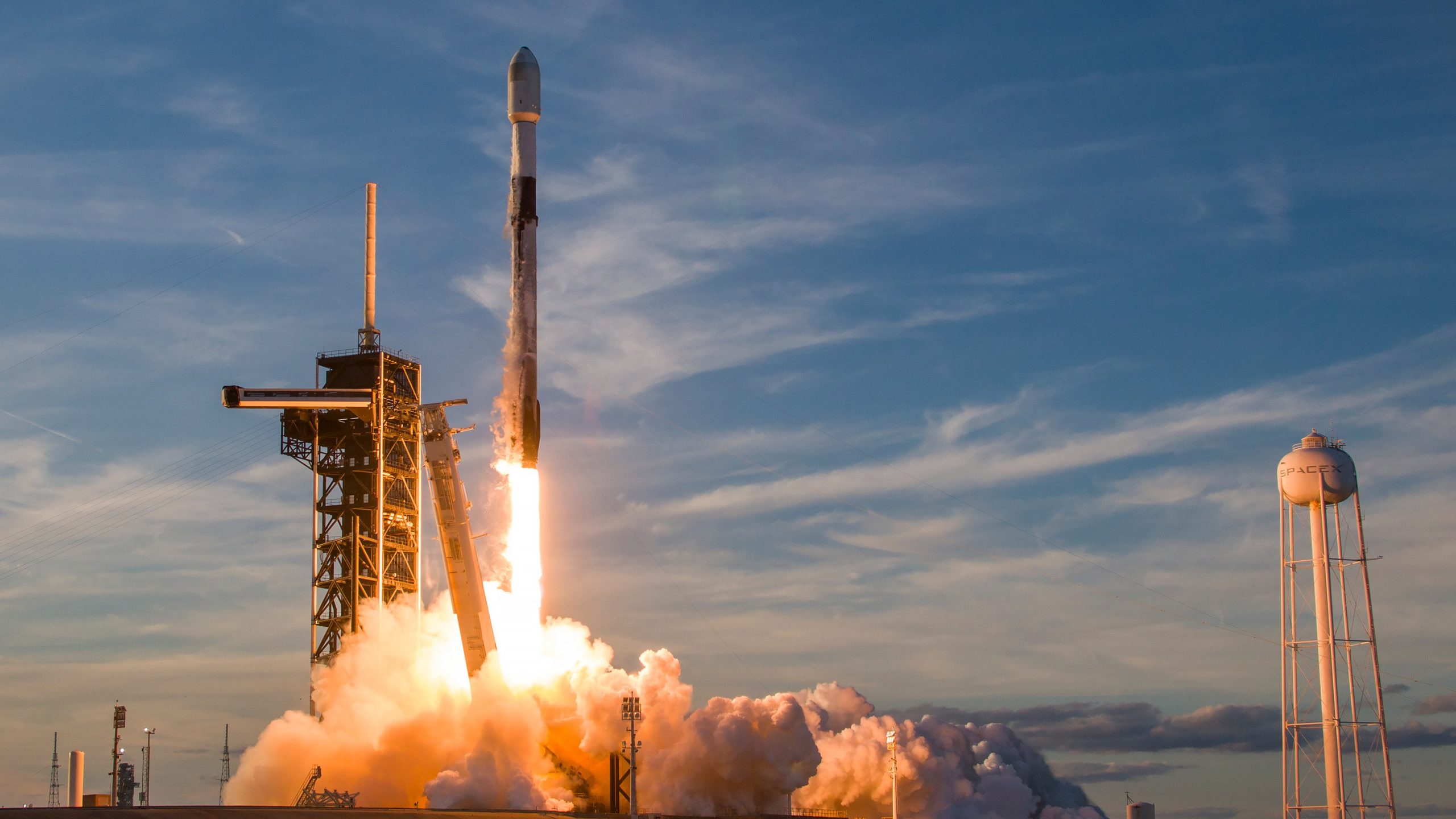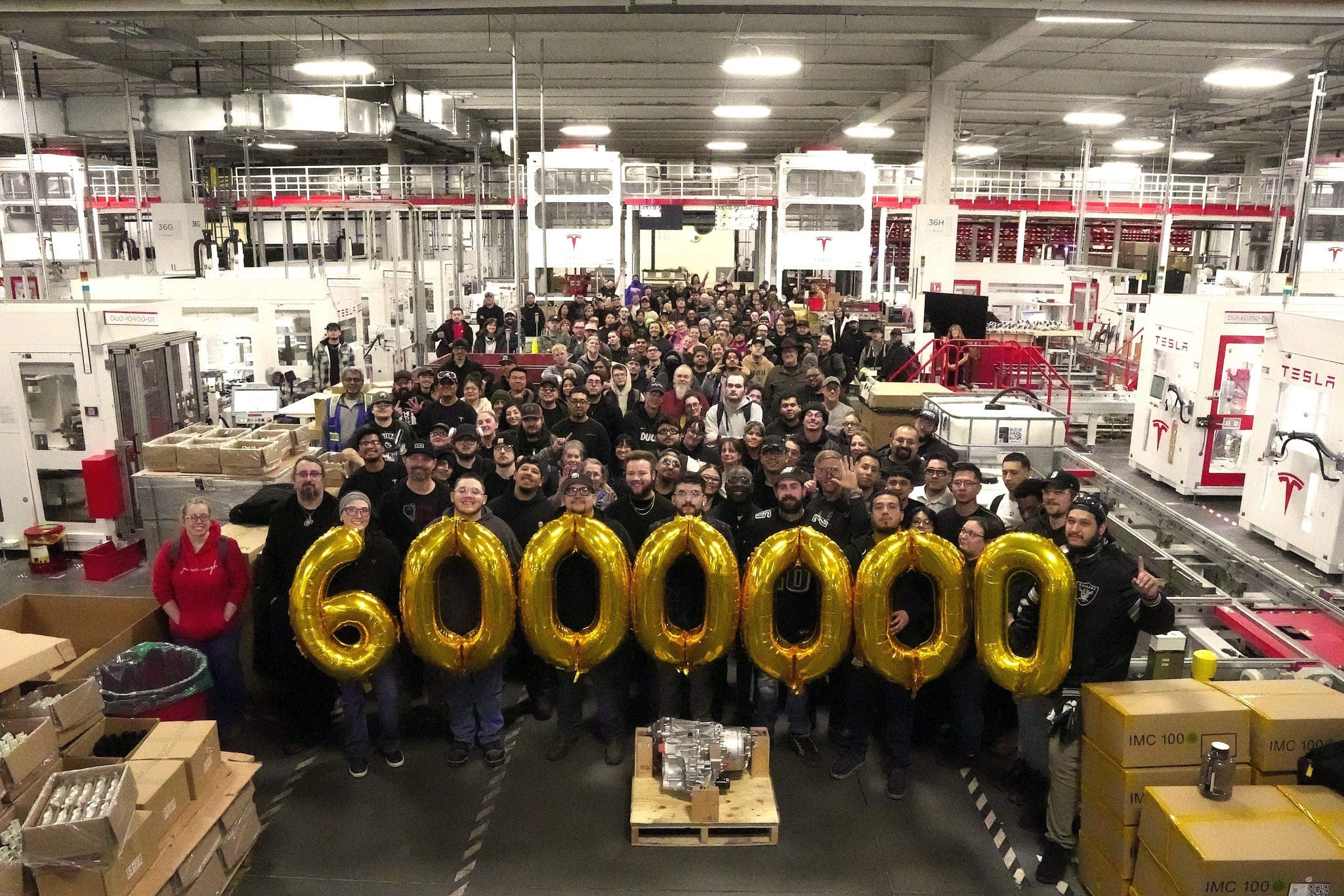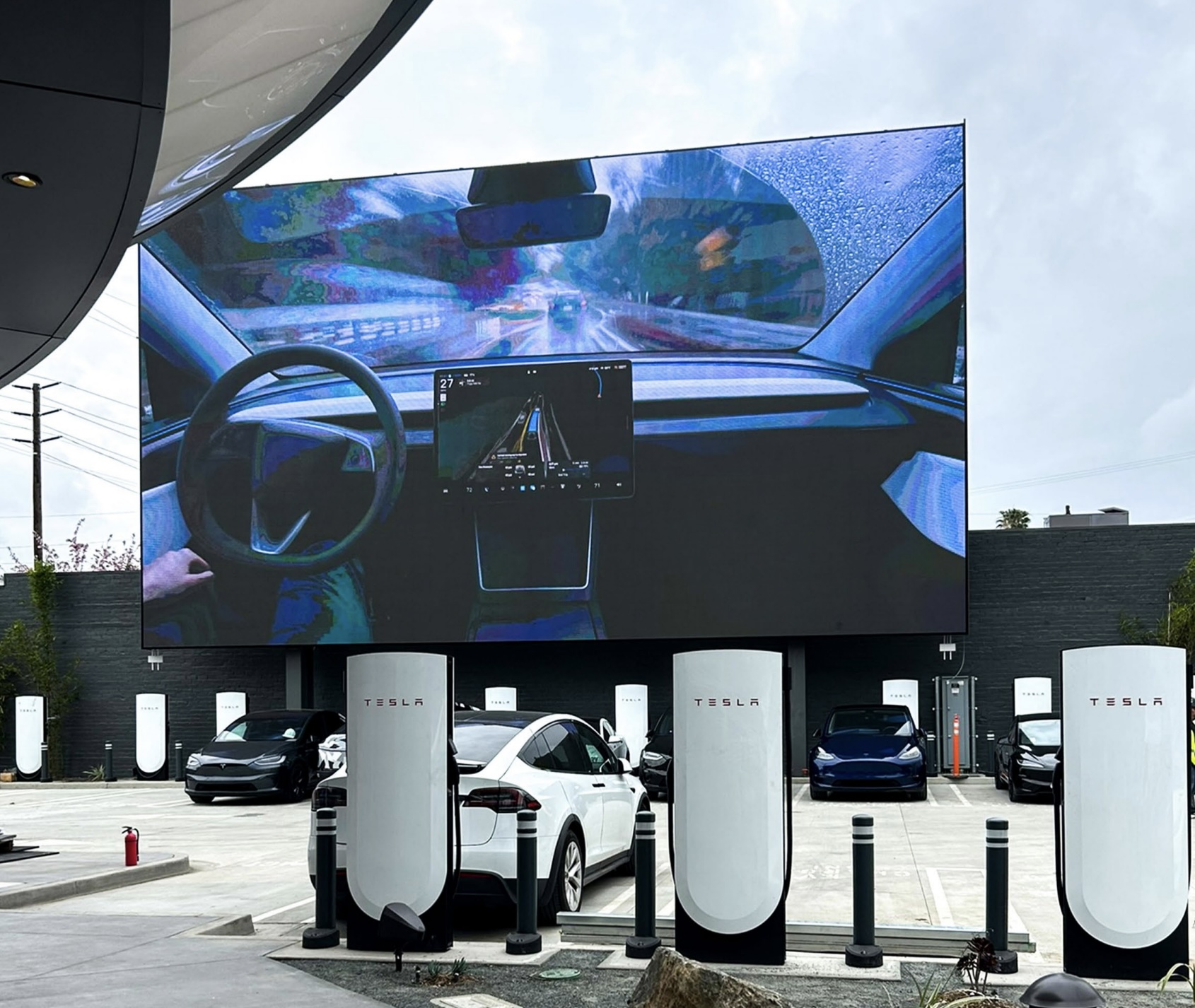News
SpaceX marks 500th Falcon launch with Starlink 11-22 Mission
The Starlink 11-22 mission marks SpaceX’s 500th Falcon flight & 50th Starlink launch of 2025. Will SpaceX IPO Starlink next?

SpaceX celebrated its 500th Falcon rocket launch with the Starlink 11-22 mission, a midweek flight from Vandenberg Space Force Base in California.
The milestone was achieved with a Falcon 9 liftoff on Wednesday at 4:40 p.m. PDT (7:40 p.m. EDT, 2340 UTC). It also coincided with the 15th anniversary of the first Falcon 9 launch, underscoring the company’s dominance in the commercial space sector. The Starlink 11-22 mission, SpaceX’s 50th Starlink launch of 2025, highlights the company’s focus on expanding its satellite internet constellation.
Earlier this week, Elon Musk revealed SpaceX anticipates $15.5 billion in revenue this year, surpassing NASA’s $1.1 billion budget for 2026.
SpaceX’s reusable Falcon 9 and Falcon Heavy rockets have driven down launch costs, securing a significant share of the global launch market. In 2024, the company set a record with 134 Falcon launches, making it the world’s most active launch operator. SpaceX aims to surpass this with 170 launches by year-end, fueled by growing demand for satellite deployments. The Starlink constellation is a key revenue driver for SpaceX and remains central to these ambitions. Musk has hinted at a future public offering for Starlink without specifying a timeline.
Beyond Falcon rockets, SpaceX is advancing its 400-foot Starship system, which Musk envisions as critical for Mars missions. The company’s cost-effective launch services and satellite communications have outpaced traditional space agencies, leveraging commercial demand to fund its interplanetary goals. While NASA focuses on deep space exploration, SpaceX’s revenue model thrives on frequent, reliable launches and Starlink’s expanding reach.
“I would like to thank everyone out there who has bought Starlink because you’re helping secure the future of civilization, making life multi-planetary, and helping make humanity a space-exploring civilization,” Musk said during his Road to Making Life Multiplanetary discussion.
The 500th Falcon launch marks a pivotal moment for SpaceX, reflecting its transformative impact on space access. As the company pushes toward record-breaking launch targets and multi-planetary aspirations, Starlink’s growth continues to fuel its vision, positioning SpaceX as a leader in shaping the future of space exploration and connectivity.

Elon Musk
Starlink achieves major milestones in 2025 progress report

Starlink wrapped up 2025 with impressive growth, adding more than 4.6 million new active customers and expanding service to 35 additional countries, territories, and markets. The company also completed deployment of its first-generation Direct to Cell constellation, launching over 650 satellites in just 18 months to enable cellular connectivity.
SpaceX highlighted Starlink’s impressive 2025 progress in an extensive report.
Key achievements from Starlink’s 2025 Progress
Starlink connected over 4.6 million new customers with high-speed internet while bringing service to 35 more regions worldwide in 2025. Starlink is now connecting 9.2 million people worldwide. The service achieved this just weeks after hitting its 8 million customer milestone.
Starlink is now available in 155 markets, including locations that are unreachable by traditional ISPs. The service has also change the game in airline internet, serving over 21 million airline passengers with high speed internet connectivity.
Starlink Direct to Cell
The Direct to Cell constellation, more than 650 satellites strong, has already connected over 12 million people at least once, marking a breakthrough in global mobile coverage. With Starlink Direct to Cell, even locations that are severely underserved are able to get connectivity.
“This year, SpaceX completed deployment of the first generation of the Starlink Direct to Cell constellation, with more than 650 satellites launched to low-Earth orbit in just 18 months. Starlink Direct to Cell has connected more than 12 million people, and counting, at least once, providing life-saving connectivity when people need it most,” SpaceX wrote.
News
Giga Nevada celebrates production of 6 millionth drive unit
To celebrate the milestone, the Giga Nevada team gathered for a celebratory group photo.

Tesla’s Giga Nevada has reached an impressive milestone, producing its 6 millionth drive unit as 2925 came to a close.
To celebrate the milestone, the Giga Nevada team gathered for a celebratory group photo.
6 million drive units
The achievement was shared by the official Tesla Manufacturing account on social media platform X. “Congratulations to the Giga Nevada team for producing their 6 millionth Drive Unit!” Tesla wrote.
The photo showed numerous factory workers assembled on the production floor, proudly holding golden balloons that spelled out “6000000″ in front of drive unit assembly stations. Elon Musk gave credit to the Giga Nevada team, writing, “Congrats on 6M drive units!” in a post on X.
Giga Nevada’s essential role
Giga Nevada produces drive units, battery packs, and energy products. The facility has been a cornerstone of Tesla’s scaling since opening, and it was the crucial facility that ultimately enabled Tesla to ramp the Model 3 and Model Y. Even today, it serves as Tesla’s core hub for battery and drivetrain components for vehicles that are produced in the United States.
Giga Nevada is expected to support Tesla’s ambitious 2026 targets, including the launch of vehicles like the Tesla Semi and the Cybercab. Tesla will have a very busy 2026, and based on Giga Nevada’s activities so far, it appears that the facility will be equally busy as well.
News
Tesla Supercharger network delivers record 6.7 TWh in 2025
The network now exceeds 75,000 stalls globally, and it supports even non-Tesla vehicles across several key markets.

Tesla’s Supercharger Network had its biggest year ever in 2025, delivering a record 6.7 TWh of electricity to vehicles worldwide.
To celebrate its busy year, the official @TeslaCharging account shared an infographic showing the Supercharger Network’s growth from near-zero in 2012 to this year’s impressive milestone.
Record 6.7 TWh delivered in 2025
The bar chart shows steady Supercharger energy delivery increases since 2012. Based on the graphic, the Supercharger Network started small in the mid-2010s and accelerated sharply after 2019, when the Model 3 was going mainstream.
Each year from 2020 onward showed significantly more energy delivery, with 2025’s four quarters combining for the highest total yet at 6.7 TWh.
This energy powered millions of charging sessions across Tesla’s growing fleet of vehicles worldwide. The network now exceeds 75,000 stalls globally, and it supports even non-Tesla vehicles across several key markets. This makes the Supercharger Network loved not just by Tesla owners but EV drivers as a whole.
Resilience after Supercharger team changes
2025’s record energy delivery comes despite earlier 2024 layoffs on the Supercharger team, which sparked concerns about the system’s expansion pace. Max de Zegher, Tesla Director of Charging North America, also highlighted that “Outside China, Superchargers delivered more energy than all other fast chargers combined.”
Longtime Tesla owner and FSD tester Whole Mars Catalog noted the achievement as proof of continued momentum post-layoffs. At the time of the Supercharger team’s layoffs in 2024, numerous critics were claiming that Elon Musk was halting the network’s expansion altogether, and that the team only remained because the adults in the room convinced the juvenile CEO to relent.
Such a scenario, at least based on the graphic posted by the Tesla Charging team on X, seems highly implausible.








